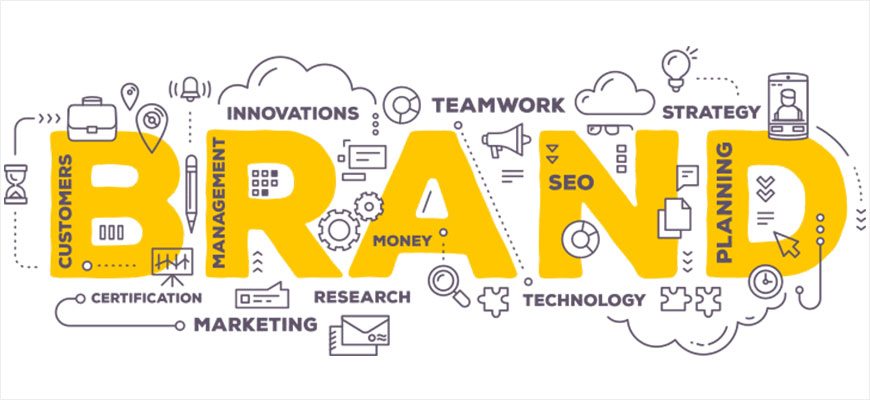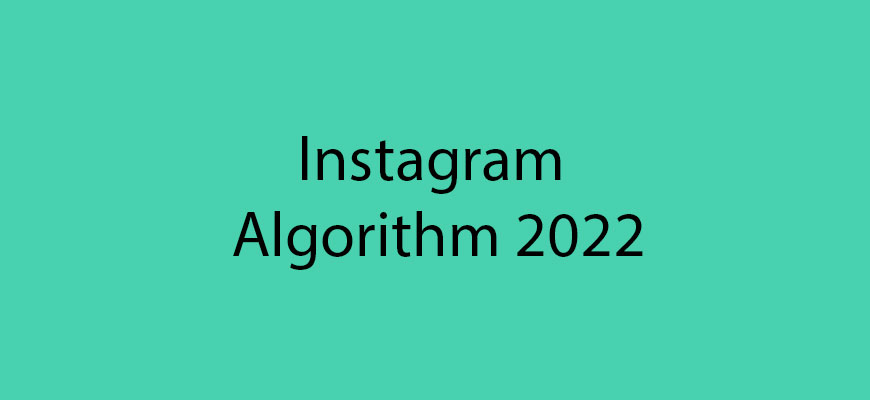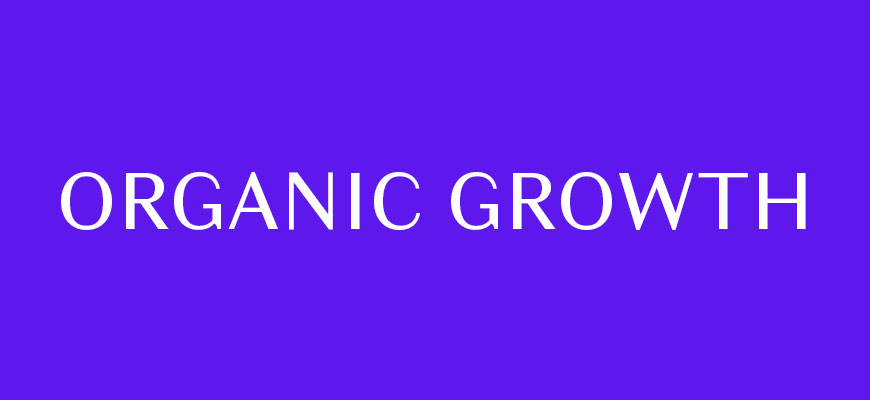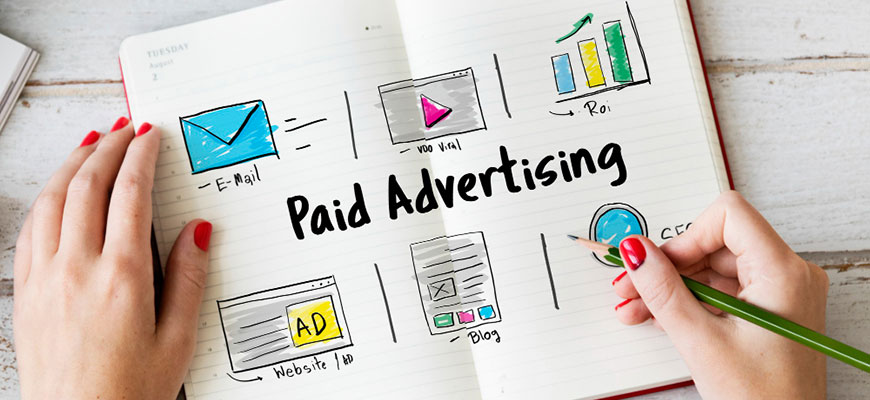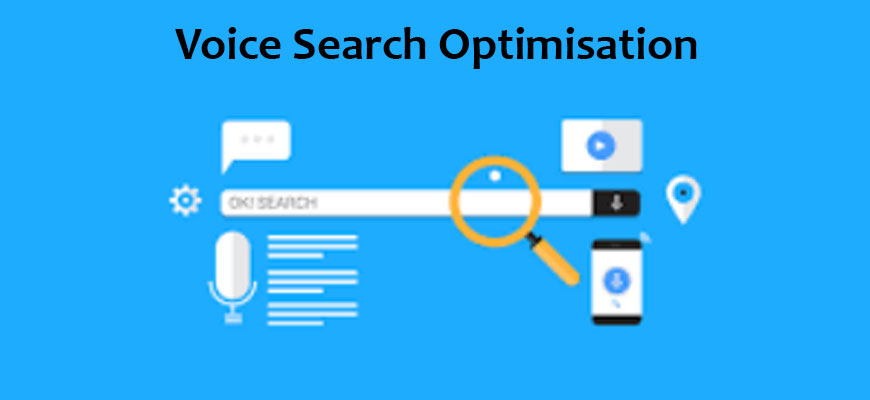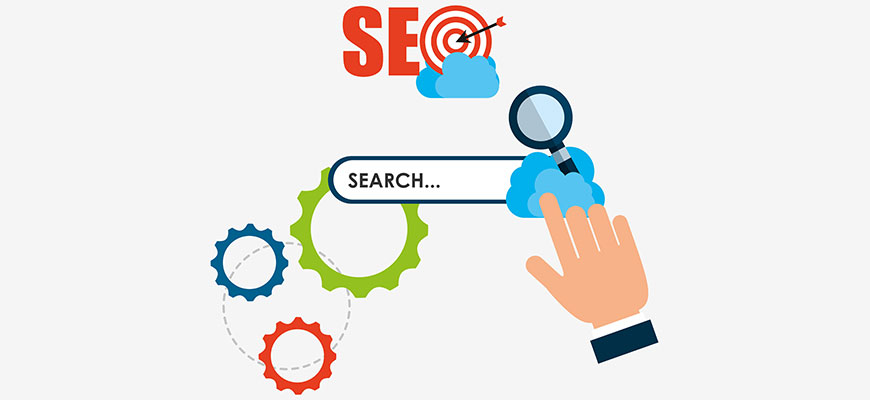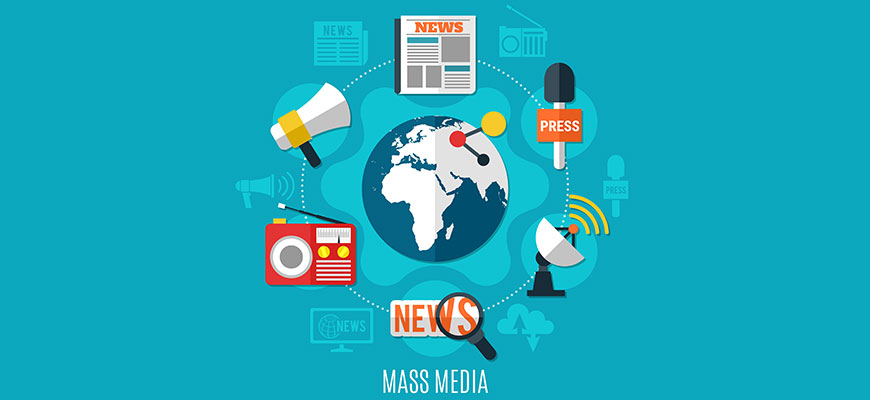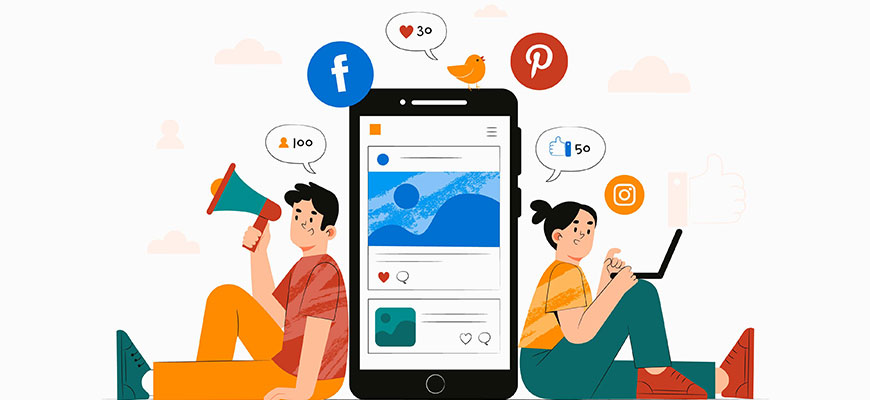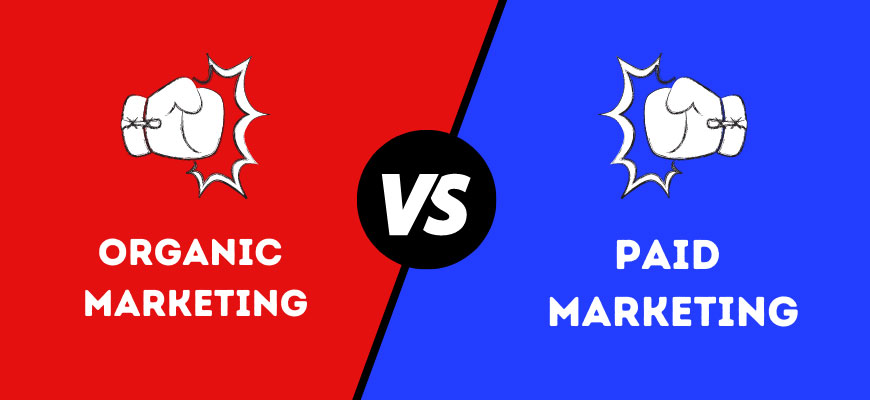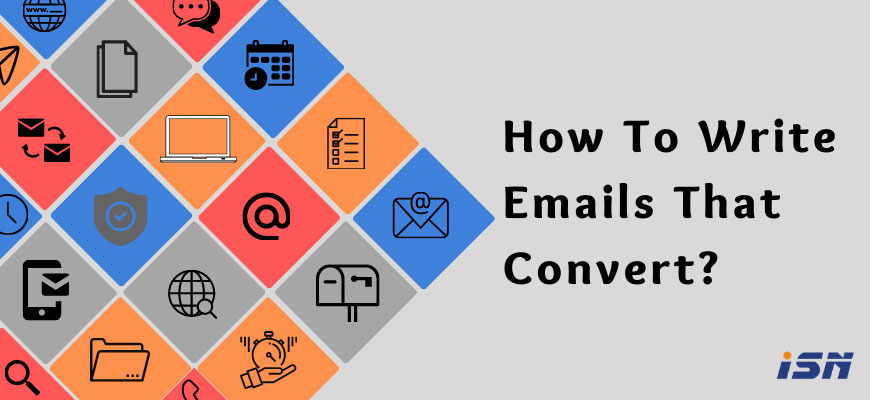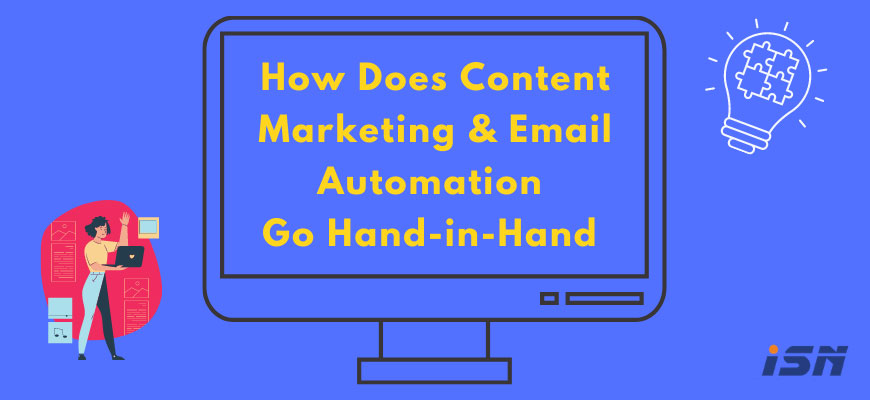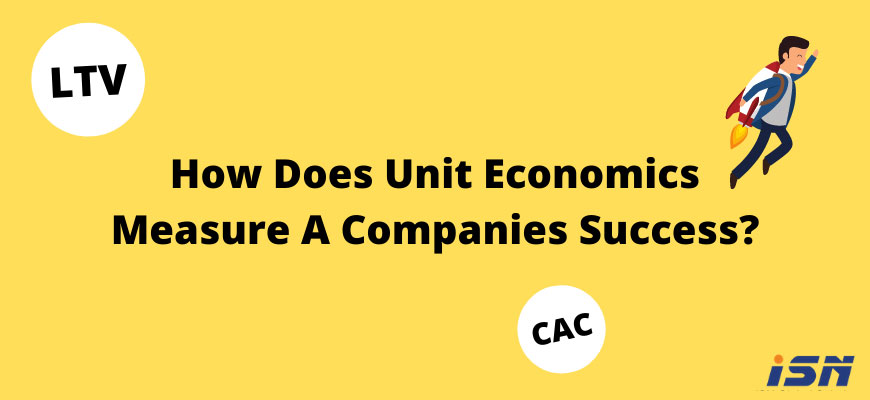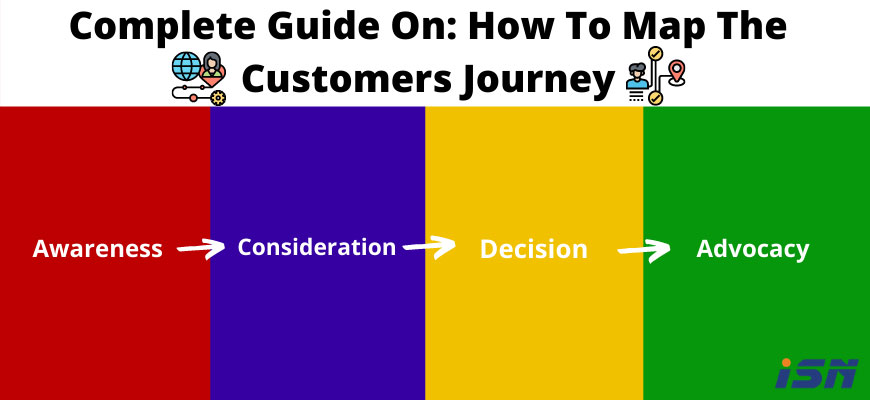
By Duane Fernandes | 19th January 2021
Now that our organization has completed 4+ years of creating performance solutions for the SaaS industry, we have some insights about SaaS that we wanted to share with y'all.
Conversions, conversions, conversions, there’s nothing more important than conversions for the SaaS Industry. As the entire model is based on paid subscriptions of the company's software, every effort is dedicated to getting a cold lead into a hot long-lasting conversion.
Now to achieve this, we as marketers realized we have to focus our attention and align our goals and metrics, with metrics that have proven to be the key factor of success and a guide to achieving the desired fruitful conversion.
Here are the metrics we think matter the most to SaaS:
- Monthly Recurring Revenue (MRR)
- Annual Recurring Revenue (ARR)
- Annual Revenue Per User (ARPU)
- Customer Acquisition Costs (CAC)
- Customer Lifetime Value (CLV)
These are the SaaS operational metrics that we revolve our marketing strategies around. Now without further ado let us get into the top performance metrics and insights for dominating your SaaS market.
I am going to divide this segment into the 3 pillars of digital presence, i.e. social media, email, and most importantly, your website.
Social Media:
Social media is the backbone of any brand or organization, as it has become the primary source of sharing brand stories and most importantly driving traffic to the respected website. B2B markets have also started promoting their products and services by creating high-value, captivating & purposely content that resonates with their target audience.
Here are some strategies and tactics to get you the engagement you want, in-turn helping you drive purposeful traffic onto your website:
1. Account-Based Marketing (ABM):
Account-Based Marketing is the most popular and effective way for B2B companies to target their audience. It is a personalized strategy that is based on identifying the ideal customer profiles that will use your product or service and creating content that is driven with the purpose to add maximum value to their life and take drive them to your website for conversions.
2. Disappearing Content:
Based on the market or industry you’re serving think of high-value content that will be available only for a particular duration. Webinars, panel discussions, exclusive podcasts, and of course the infamous “Stories” feature on the various social media platforms.
These create higher interest and priority in the mind of the viewer, due to the phenomenon known as “FOMO” i.e. Fear of Missing Out.
3. Content Challenges:
Especially after Covid-19, the number of creative and purposeful challenges/contests being held by big brands and organizations has spiked up as it was keeping people busy in the lockdown, and brands were getting the engagement they desired.
Make sure your contests have a purpose bigger than the activity being contested(For eg: creating awareness for mental health, and so on) and the reward for participating should be worth their time and effort. Try coming up with catchy names for it and creating a hashtag out of it.
4. Educate Your Audience:
If there’s anything as important as understanding your ideal customer, it is creating the highest value educational content that has the potential to make their life easier. This is a very important aspect of brand retention value.
Your purpose of creating content should be creating experiences for your users, that they’ll remember for the rest of their lives. Focus on quality content. Another very important thing to keep in mind is to stop telling them what you can do for them, rather, tell them what they get out of it.
Email Newsletters:
This for sure isn’t any new hack or easy way to get a conversion. Email marketing is an old practice, but for sure is effective if done right. It is extremely hard to create unique email newsletters with the proliferation of influencers, bloggers, and the competition, it is almost impossible to be unique and fresh.
However, here are few practices to create a high performing newsletter:
1. Start with a captivating headline:
"When you have written your headline, you have spent eighty cents out of your dollar." - David Ogilvy.
Admit it, you have a flooded email with several unopened emails. Why didn’t you open it? There are only 2 reasons, you either didn’t have the time, or the headline didn’t provoke you to click. So test out different headlines and see which ones get the best results.
2. Don’t Create Distracting Designs:
Understand this, great design doesn’t mean it has to be bold or overstimulating. Always remember, less is more when it comes to design. It’s all about the efficient use of your white space that creates a smooth flow to your CTA. Don’t create multiple CTA’s and keep the copy minimal and of high value.
3. Choose Your CTA’s well:
It’s really simple, don’t clutter your email with more than one CTA. It causes anxiety for the reader as they might get overwhelmed with the extent of data to consume. Hence make sure your copy enhances your CTA. Try different ways of creating CTA’s like hyperlinked text, designed buttons, signature CTA and many more creative ways.
Website:
Your website is the heart and brain of your digital presence. It is where everything is coming together and from where everything is streamlined. Here’s what you need to know:
Unique Visitors:
The most important metric of your website is your new unique visitors. Check this daily, it’ll help you analyze your growth from your marketing efforts.
You have to generate interests for the user, to maximize the number of people engaging daily with your website.
Blogging, giving exclusive website offers, sign up forms for events, and such other tactics are great for creating genuine interest in your brand and website.
Lead Conversion:
Conversions can be defined on many levels. A conversion is when a user takes a desired action on your website. Now if you want to make conversions simple, you’ve got to make it simple for the user, so:
- Analyze how your audience is interacting with your website and understand where they get put-off and try enhancing your UI/UX to optimize for greater conversion.
- Make your CTA’s pop.
- Simplify the navigation and optimize to keep the visitor in a loop of your brand.
- Please, please, please make sure it’s mobile-friendly.
Churn:
The churn rate is the number of people who have viewed your content and brand multiple times but don’t show any interest. It surely sounds like something you would want to be far away from. Analyzing this metric is what makes and breaks the marketing strategies.
Churn levels not only predict your future ability to grow revenue and profitability, but they also tell you if your product has reached Product-Market Fit (PMF) with your audience, and are a good indicator for the quality of your customer onboarding and support performance (Customer Satisfaction).
Free Trial to Paid Subscription Conversion Rate
A common practice amongst most SaaS providers is providing a free demo or less equipped version of the full-fledged paid service to create the desire and interest for conversions.
So tracking the ratio of free users to paid subscribers is not only crucial for determining success but will also help you analyze the pain points in their journey and calculate future marketing spend.
Personal Insight:
Do check the CLV:CAC ratio, it is very important. A 3:1 ratio is healthy, anything below that will need a thorough analysis to detect the problems and create the required solution.
You should analyze your digital presence regularly. It will help get a better understanding of your efforts to maximize profits.
I hope this was worth your time, thank you so much for reading. If you have any questions or concerns regarding your marketing plan, fill the form below, and let’s connect!

